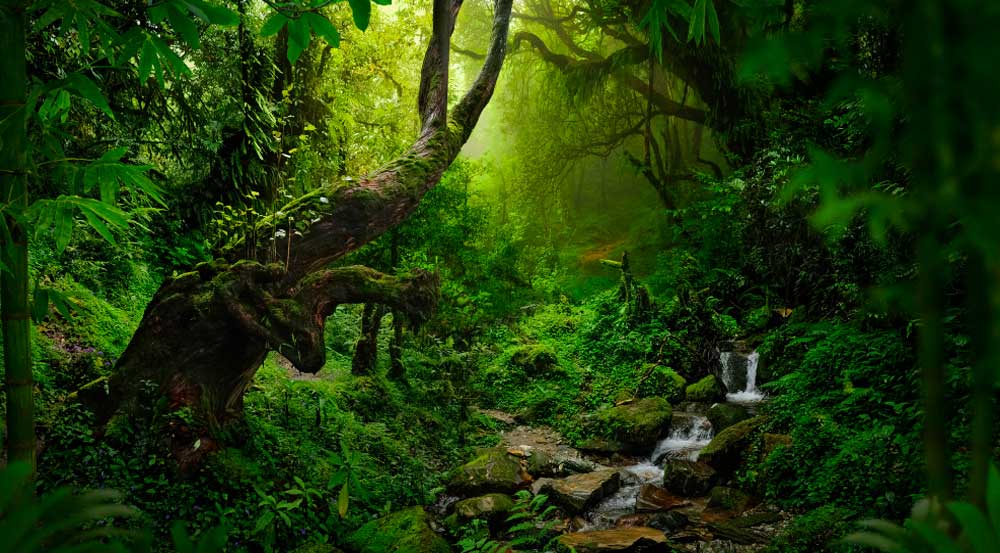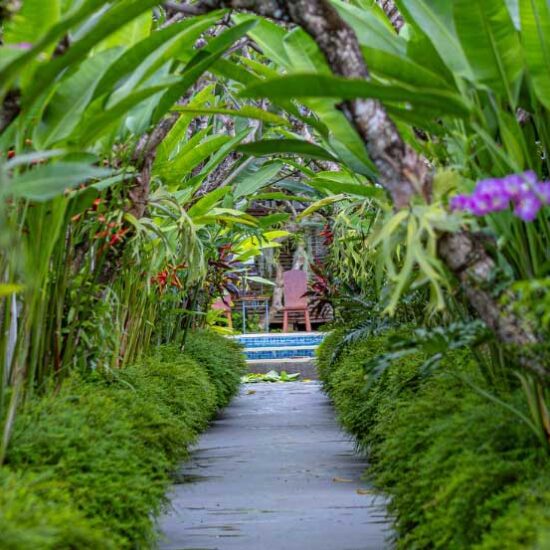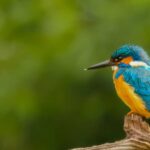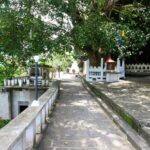
Sinharaja Rainforest World’s Heritage Site
Located in south-west Sri Lanka, Sinharaja is the country’s last viable area of primary tropical rainforest. More than 60% of the trees are endemic and many of them are considered rare. There is much endemic wildlife, especially birds, but the reserve is also home to over 50% of Sri Lanka’s endemic species of mammals and butterflies, as well as many kinds of insects, reptiles and rare amphibians.
Faunal endemism is also high, particularly for mammals, birds and butterflies, exceeding 50%. Nineteen (95%) of Sri Lanka’s 20 endemic birds are present in the property, which is also home to leopard and Indian elephant, both of which are threatened species.
Encompassing the last extensive patch of primary lowland rainforest in Sri Lanka, Sinharaja Forest Reserve is situated in the south-west lowland wet zone of Sri Lanka. Covering an area of 8,864 ha and ranging from an altitude of 300 – 1,170 meters, it consists of 6,092 ha of Forest Reserve and 2,772 ha of Proposed Forest Reserve. This narrow strip of undulating terrain encompasses a series of ridges and valleys that are crisscrossed by an intricate network of streams. Draining to both the south and north, this detailed matrix of waterways flow into the Gin River on the southern boundary of the property and Kalu River via the Napola Dola, Koskulana Ganga and Kudawa Ganga on its northern boundary. Annual rainfall over the last 60 years has ranged from 3614 – 5006 mm with most of the precipitation during the south-west monsoon (May-July) and the north-east monsoon (November- January).



 English
English French
French


